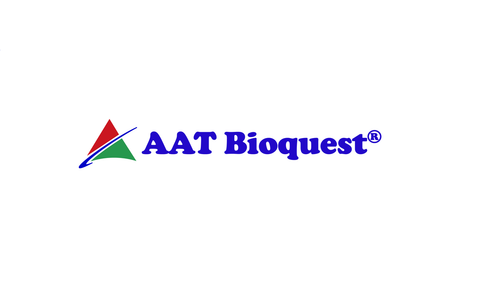Product Description
NMDAR2B (Ab-1336) polyclonal Antibody | BS65229 | Bioworld
Host: Rabbit
Reactivity: Human
Application: WB,IHC-p,IF/ICC,ELISA
Application Range: Immunohistochemistry: 1/100 - 1/300. Immunofluorescence: 1/200 - 1/1000. ELISA: 1/10000. Not yet tested in other applications.
Background: glutamate ionotropic receptor NMDA type subunit 2A (GRIN2A) Homo sapiens This gene encodes a member of the glutamate-gated ion channel protein family. The encoded protein is an N-methyl-D-aspartate (NMDA) receptor subunit. NMDA receptors are both ligand-gated and voltage-dependent, and are involved in long-term potentiation, an activity-dependent increase in the efficiency of synaptic transmission thought to underlie certain kinds of memory and learning. These receptors are permeable to calcium ions, and activation results in a calcium influx into post-synaptic cells, which results in the activation of several signaling cascades. Disruption of this gene is associated with focal epilepsy and speech disorder with or without mental retardation. Alternative splicing results in multiple transcript variants. [provided by RefSeq, May 2014],
Storage & Stability: Store at 4°C short term. Aliquot and store at -20°C long term. Avoid freeze-thaw cycles.
Specificity: Phospho-NMDAε1/2 (Y1246/1252) Polyclonal Antibody detects endogenous levels of NMDAε1/2 protein only when phosphorylated at Y1246/1252.
Molecular Weight: N/A
Note: For
Alternative Names: GRIN2A; NMDAR2A; Glutamate [NMDA] receptor subunit epsilon-1; N-methyl D-aspartate receptor subtype 2A; NMDAR2A; NR2A; hNR2A; GRIN2B; NMDAR2B; Glutamate [NMDA] receptor subunit epsilon-2; N-methyl D-aspartate receptor subtype 2B; NMDAR2B; N
Immunogen: The antiserum was produced against synthesized peptide derived from human NMDAR2A/B around the phosphorylation site of Tyr1246/1252. AA range:1216-1265
Conjugate: Unconjugated
Modification: Unmodification
Purification & Purity: The Antibody was affinity-purified from rabbit antiserum by affinity-chromatography using epitope-specific immunogen.
Pathway:
 Euro
Euro
 USD
USD
 British Pound
British Pound
 NULL
NULL








